Men Should Weep
Background
Men Should Weep by Ena Lamont Stewart, was first performed in 1947, and rewritten in 1982. Though different in treatment, both versions deal with issues of poverty and sexual and social inequality.
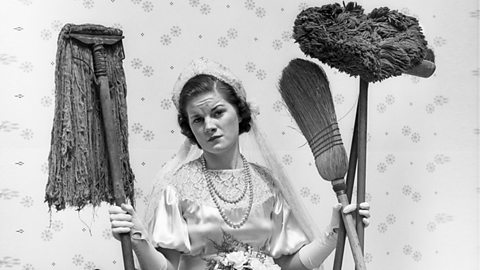
Characters
The central characters of Men Should Weep are involved in different struggles due to the poverty they are living in. For some, these prompt confrontations with others and changes within themselves.
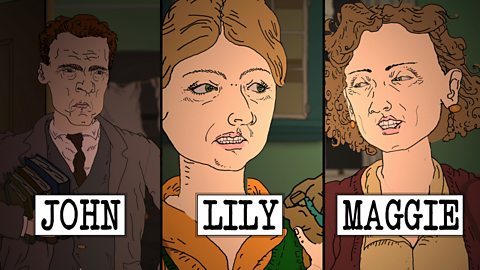
Plot
There are several key scenes in the play that include tension and conflict. The most striking is the final scene in which the central protagonist, Maggie, takes control.
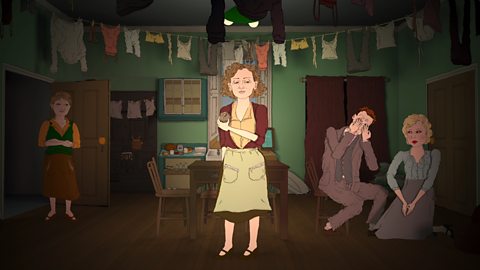
Setting
Men Should Weep’s setting reflects Depression-hit Glasgow in the 1930s. The action is confined to the Morrison’s cramped tenement flat, suggesting their lives have been limited by their circumstances.
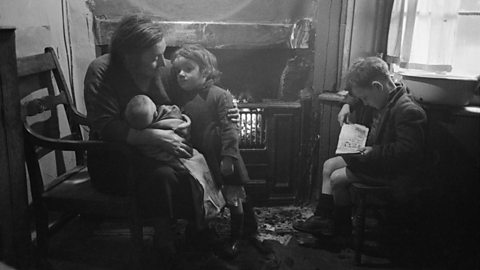
Themes
Poverty and the role of women are central themes of Men Should Weep, which questions the lack of equality women faced in the 1930s. These themes are developed through character, scenes and setting.
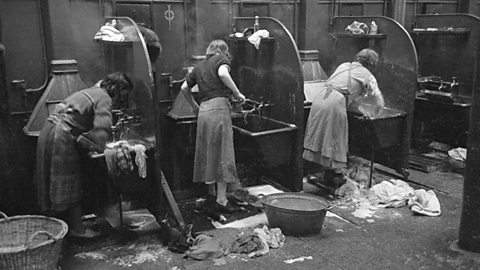
Style
Dialect and Scots adds immediacy to the language. The characters’ motivations and actions are revealed in the stage directions. Symbolism develops the central concerns of the play.
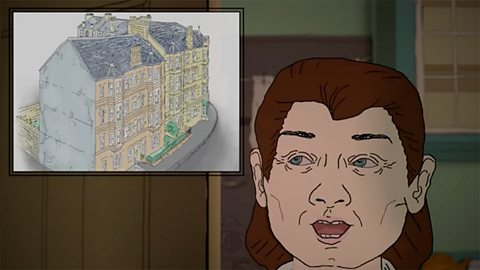
Links
- External linkExternal link
- External linkExternal link
- External linkExternal link